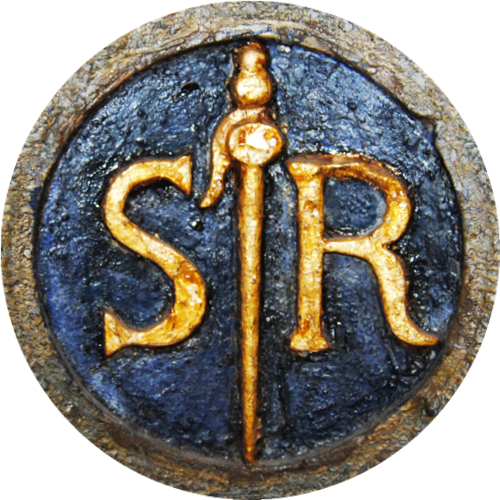
Devotion and following
The body of St. Roch arrived in Venice in 1485. On 13th March, the Patriarch Maffeo Girardi informed the Council of Ten of its translation (from Voghera), and certified its authenticity. As the Scuola was at that time without a permanent headquarters, the relic was temporarily accommodated in the church of San Geminiano and then in the palace of the Patriarch of Grado, next to the church of San Silvestro, until, with the church to house it having been finished, it was transferred on March 3rd, 1490.
Various amazing tales surround the translation. We note here Flaminio Corner’s, according to which, one Mauro, a Camaldolese monk, in fulfilment of a vow, and at the request of the Scuola’s Guardian Grando, Tommaso di Alberti, betook himself to Voghera and the castle of Count Pietro dal Verme, from whom he succeeded, not without vicissitudes, in stealing the body and transporting it to Venice. A description of this enterprise is conserved among the Scuola’s documents. According to other accounts, the body of the saint was sold, with the agreement of the provost of Voghera, by the count to the monk, an unsavoury individual, who broke its bones for easier transport, before selling it on to the Scuola’s governors.
The opening of the canonisation process for St. Roch is thought to date back to 1377, led by Pope Gregory XI, but there are no surviving relevant documents. St. Roch’s sanctity was certainly recognised “ex consensu Ecclesiae: culto immemorabile”, as approved by Urban VIII in a solemn decree from 1625, but, according to Francesco Diedo, already at the Council of Constance in 1414, on the breaking out of a plague there, the delegate fathers invoked St. Roch, parading his image in solemn procession, and obtaining his protection.
As to his official Saint’s day, August 16th, this is thought to date back to 1440 and Montpellier, where there had been a chapel dedicated to Roch since 1421. A 1678 Martirologio Romano has his name against that feast date.
The saint’s cult, which seems likely to have started at Montpellier, quickly spread through all of Europe, and particularly in southern France, Alsace, Corsica, Paris, Antwerp, Lisbon, Cologne, Nuremberg and the Hanseatic cities on the North Sea littoral, reaching as far as Poland and Scandinavia. In Italy centres of devotion, as well as in Venice and the Veneto, were to be found in Rome, Voghera, Piacenza, Brescia, in Abruzzo and in the south of Italy.
Innumerable confraternities of various kinds quickly sprung up all over the place. There are currently in Italy some three thousand chapels and churches dedicated to the saint, and two hundred and sixty parishes, of which a hundred or so are also associated with other saints, most usually St. Sebastian. He has also any number of shrines, mostly at crossroads or the entrances to cities, to ward off the plague. His place names in Italy number around thirty, while the Italian christian name Rocco usually hovers around eightieth position nationally, rising as high as fifth in the south.
